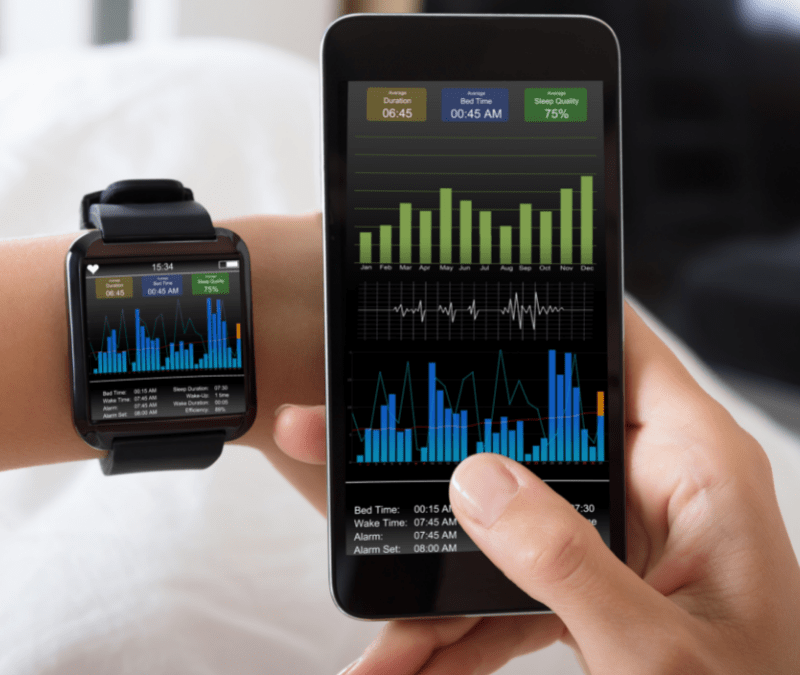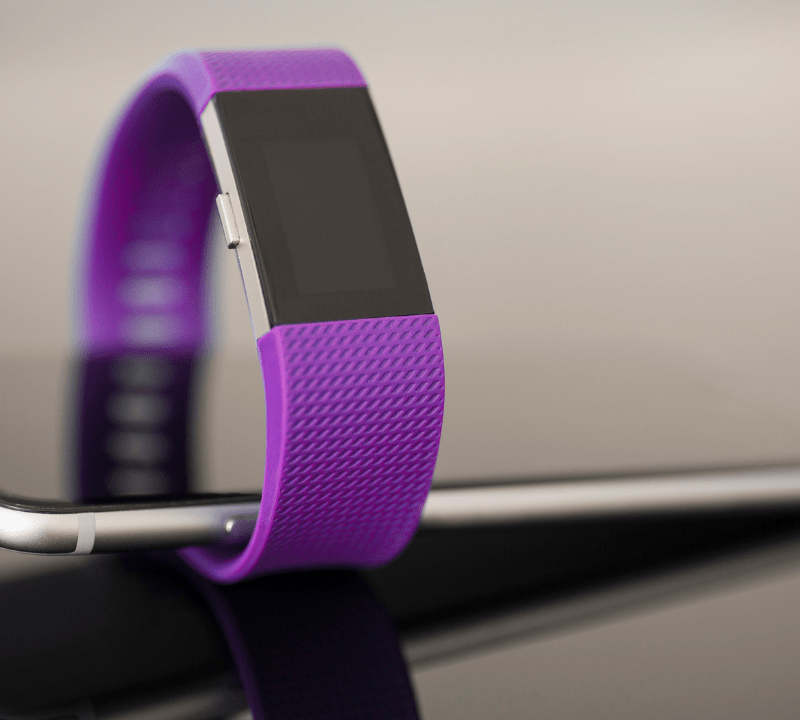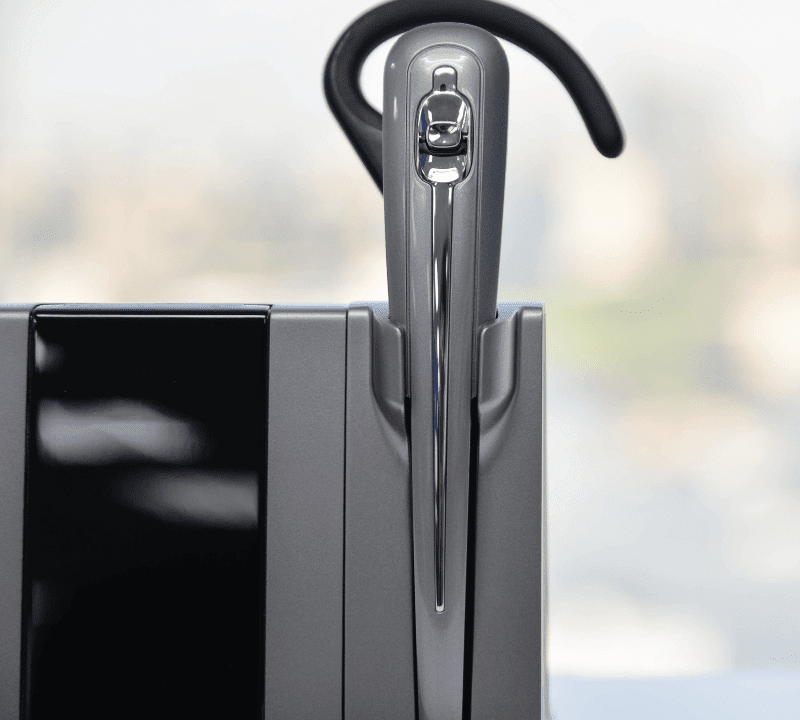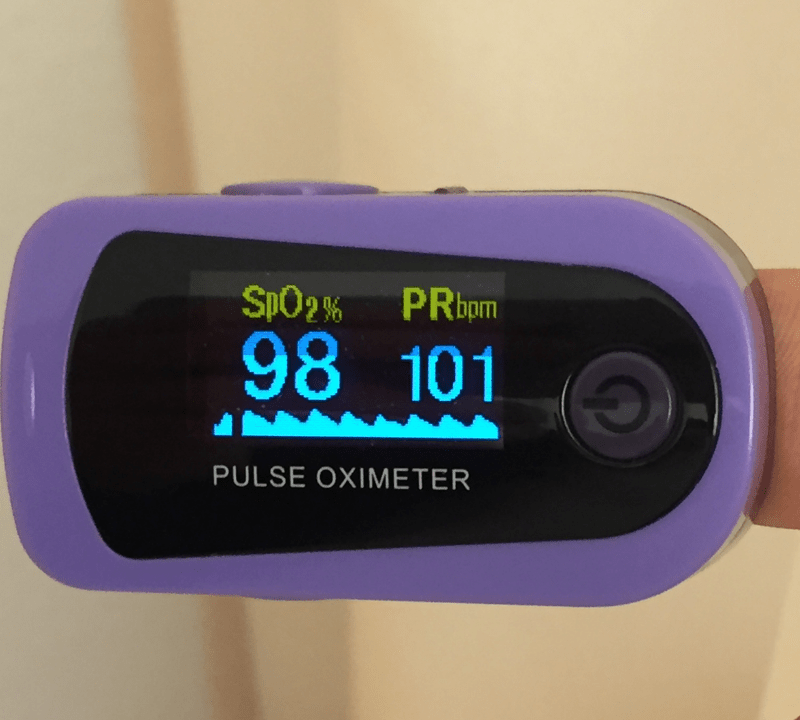
The Internet of Things (IoT) is driving a revolution in connected goods, including wearables. Wearables are generally defined as those devices that reside on the human body and monitor either internal or external behavior. They connect to facilitate various tasks via a local gateway, the cloud, or may use both depending on the job in hand. They can be built for a specific purpose but increasingly consolidate multiple functions and can even be fully featured application platforms. The wearables segment also includes smart watches, fitness and activity trackers, glucose monitors, implantable cardiac monitors, augmented reality goggles, smart helmets, smart insoles, personal location products, and more. The future appears limitless for these increasingly capable and connected devices.
- Hardware platforms for wearables
Wearables are being designed and manufactured at progressively smaller process geometries for minimal size and low power. They feature homogeneous and heterogeneous multicore applications processors, microcontrollers for maximum flexibility, and integrated support for graphics and displays.


- Software development for wearables
To realize products on-time and fully featured, we need tools and services which satisfy small memory and processor requirements. It allows features to scale in area such as connectivity, graphics, and mobility.
- Power management
Wearables are almost always battery-powered. Designs must therefore be capable of managing the power states of the CPU and applications. Contemporary SoCs offer low-power features such as idle modes, sleep modes, dynamic voltage frequency scaling (DVFS), and hibernation.
- IoT communication and protocols
Wearables can be connected to each other, directly to the cloud, or through gateways (including dedicated local devices and generic smartphones). A wearable might also need to support IoT protocols such as CoAP, MQTT, and XMPP for product-to-gateway and product-to-cloud communications. They must therefore support well-know standards such as Wi-Fi, Bluetooth, and/or Bluetooth Low Energy (BLE).

